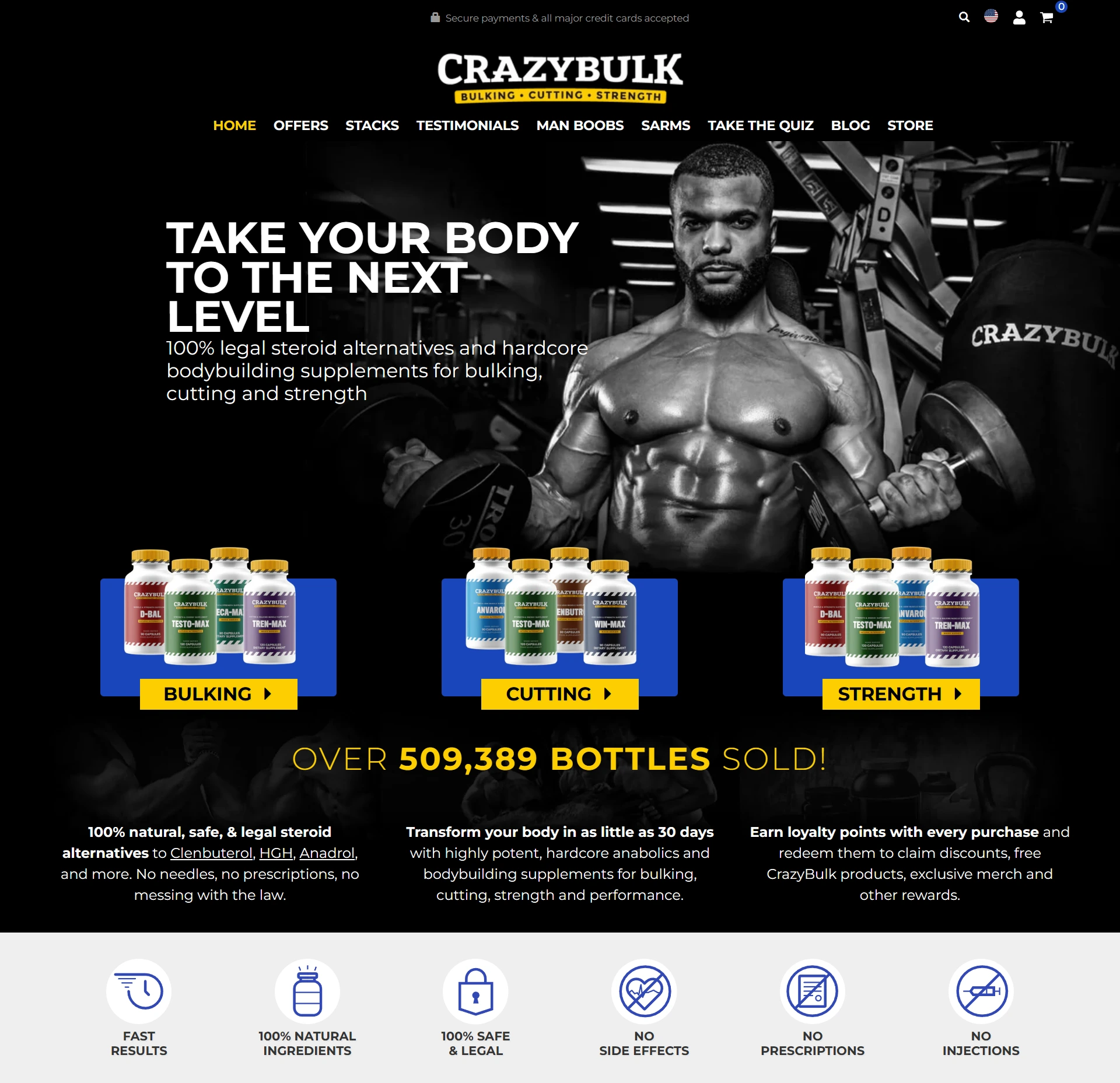This company has no active jobs
0 Review
Rate This Company ( No reviews yet )
About Us
Generational decline in testosterone levels observed

Generational decline in testosterone levels observed
It is possible to treat males for low testosterone levels with an injection or prescription gel. People using this treatment over the long term could experience potentially severe side effects, such as an increased risk of heart problems. It is hard to determine a definitive “normal” testosterone level for men.
For all these reasons, the guidelines do not pre-empt physician judgment in individual cases. Treating physicians must take into account variations in resources, and patient tolerances, needs, and preferences. Conformance with any clinical guideline does not guarantee a successful outcome.
Symptoms of low testosterone are particularly common in men over 40 and may require targeted interventions to address. Ultimately, the serum testosterone test is more than just a diagnostic tool—it offers a comprehensive view of your overall health. By collaborating with your healthcare provider to interpret the results, you can take meaningful steps to address any concerns and enhance your quality of life. Symptoms like fatigue, mood changes, and decreased libido might indicate levels below the typical range for your age group. It’s important to consult with healthcare professionals for accurate testing and diagnosis.
Testosterone replacement therapy (TRT) offers several administration methods beyond just the standard injections for men diagnosed with low T levels. Whether you’re experiencing symptoms of testosterone deficiency like decreased libido, fatigue, or reduced muscle… Testosterone levels naturally fluctuate throughout a man’s lifetime, with peak production typically occurring during early adulthood before beginning a gradual decline. This hormonal journey is entirely normal, with research indicating foods that boost testosterone in males most men experience a steady decrease of approximately 1-2% per year starting around age 30 (Cleveland Clinic). They measure testosterone using a blood test, with results provided in nanograms per deciliter (ng/dL). This article addresses common questions about this crucial hormone.
For men in the age range of 41 to 50 years old, the average testosterone levels typically fall within a reference range similar to that of men aged 26 to 40. These average levels can vary, but they generally range from approximately 270 to 1070 ng/dL (nanograms per deciliter) or roughly 9.3 to 37.1 nmol/L (nanomoles per liter). As with any age group, individual variations in testosterone levels can exist, and what’s considered “average” may not apply to every individual. Prostate cancer patients on testosterone therapy should have their PSA levels monitored on the same schedule as men without testosterone deficiency; however, clinicians may choose to increase the frequency of testing.
Testosterone Replacement Therapy (TRT) offers a variety of benefits, including enhancements to physical health, psychological well-being, and sexual function. This hormone therapy can significantly impact overall vitality and well-being. This method is advantageous for those seeking lower maintenance treatment.
Self-collection kits contain all the materials needed to obtain a blood or saliva sample and mail it to a laboratory for testing. Results from at-home testosterone tests are usually available within a few days. In men or anyone with a penis, testosterone is produced by the testicles and the adrenal gland, controlling the development of sperm and male sex characteristics. And in women or anyone with ovaries, testosterone is produced by the ovaries, the adrenal gland, and other tissues, and it aids in overall growth and development.
In that case, your doctor may prescribe an aromatase inhibitor like anastrozole or TRT. Testosterone levels peak during adolescence and early adulthood when men experience puberty and rapid growth. After age 30, testosterone levels slowly decline by approximately 1%-2% per year.
Always consult with a board certified urologist for the most effective TRT program. Testosterone levels can vary depending on factors such as age, sex, and overall health. For men, normal levels generally range between 300 and 1,000 ng/dL. However, what is considered “normal” may differ slightly depending on the laboratory. Reviewing a testosterone levels-by-age chart can provide additional context and help you better understand your results. Beyond diagnosing testosterone-related conditions, this test is invaluable for guiding treatment decisions. For individuals undergoing testosterone replacement therapy, regular monitoring ensures that the treatment is both effective and safe.



